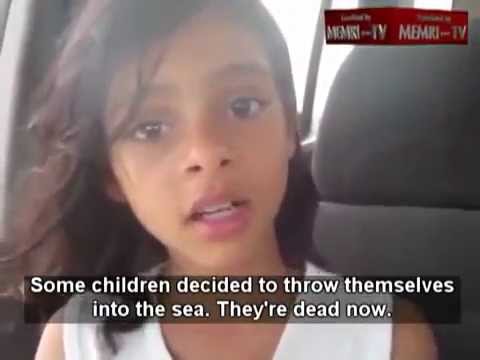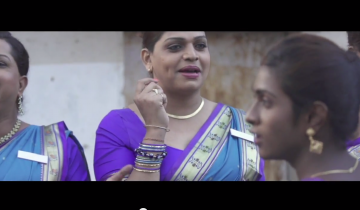Child Marriages: A Prevalent Issue in India and Other Countries

There are many considerations to discuss when we focus on child marriage. We can look at the impact to the child, the bride or bridegroom, the effect on their lives, emotionally, physically and biologically. We can look at the consequence child marriage can have on their family, the community and as a whole the country. The right to consent to a marriage is recognised in the Universal Declaration of Human Rights. However how can we expect for children to give ‘free and full’ consent when they are not sufficiently mature to make an informed decision about a life partner.
Take a moment and imagine a 12 year old girl, who has just entered puberty. At this time in her life when she is most confused as to what is happening inside her body, and is torn between living her childhood and going to school or accepting she is growing up and starting the journey through adolescence.
Inside of dealing with daily issues of what homework to do, what to wear, how to be herself, she contends with having to leave her home and marry into another family where the groom is much bigger than she is and much older than she is. She now has to stop being a child, a young girl; she is now to fulfil the role of wife, of daughter-in-law. With this comes responsibilities of the new family and she is obliged to carry out sexual relations with her much bigger and older new husband. The terror and fear this child feels is felt by 75% of girls under 18 from Niger, and 66% of girls under 18 in Bangladesh.
This has great consequences on her body and mind. Her body is not ready or developed to encounter sexual intercourse or what may come as a result of this. It is more than likely that a child bride would not be using contraception, leading to inevitable pregnancy.
Without the ability to decide whether to use contraception, the child bride is at great risk for sexually transmitted disease, especially HIV. As with a much older husband, they are more likely to have had other sexual partners and have contracted the infection. With lack of contraception also comes the increased chance of conception. Child marriages are more likely to lead to cases of domestic and sexual violence, leading on to the important issue of marital rape.
If we then go on to look at pregnancy related mortalities, these are largely increased in child brides. Girls under the age of 15 compared to girls in their 20s are five times more likely to die during childbirth. Their bodies just aren’t fully developed to be able to cope with the trauma of a pregnancy. There are many other resulting complications with child bride pregnancies where the girl’s body is physiologically underdeveloped, such as fistula. This is where the vagina, bladder/rectum can tear causing leakage of excrement. Most common in women aged 15-20.
We can discuss the statistics constantly of what increased risks the young bride and now mother would be exposed to and what the statistical chances of survival for the Newborn and their future.
Then comes the question, what can we do?
We can advocate for local governments to enforce their laws on underage child marriages.
Remove the practise of dowry, as many girls are married off due to economic constraints.
We can help to ensure girls attain education as, in some countries 60% of girls with no education are married by 18, compared to 10% of girls with secondary schooling and less than 1% of girls with higher education. More information on education and child marriage can be found here is available at CareEducation. White Bindis is another organization that works to combat child marriages in India.
Many have spoken out against child marriage. There was the viral video of the 11 year old girl from Yemen who had escaped her arranged marriage. She outlines the reality of the fact that her parents gave her away to be married.
https://www.youtube.com/watch?v=TDh2fF4ccwI
There are numerous organisations that focus on advocating against child marriage, Plan International, Girls not Brides, UNFPA and so many others. Recently I took part in a tweetathon hosted by Centre for Reproductive Rights (@ReproRights) and RYOT News (@RYOTnews). This raised a lot of social media attention with the hashtag #childmarriage.
This issue is a global priority and it’s time we all stood together to stop this practice of child marriage.
[Image Attribute: Padmanaba01 via Compfight cc]



